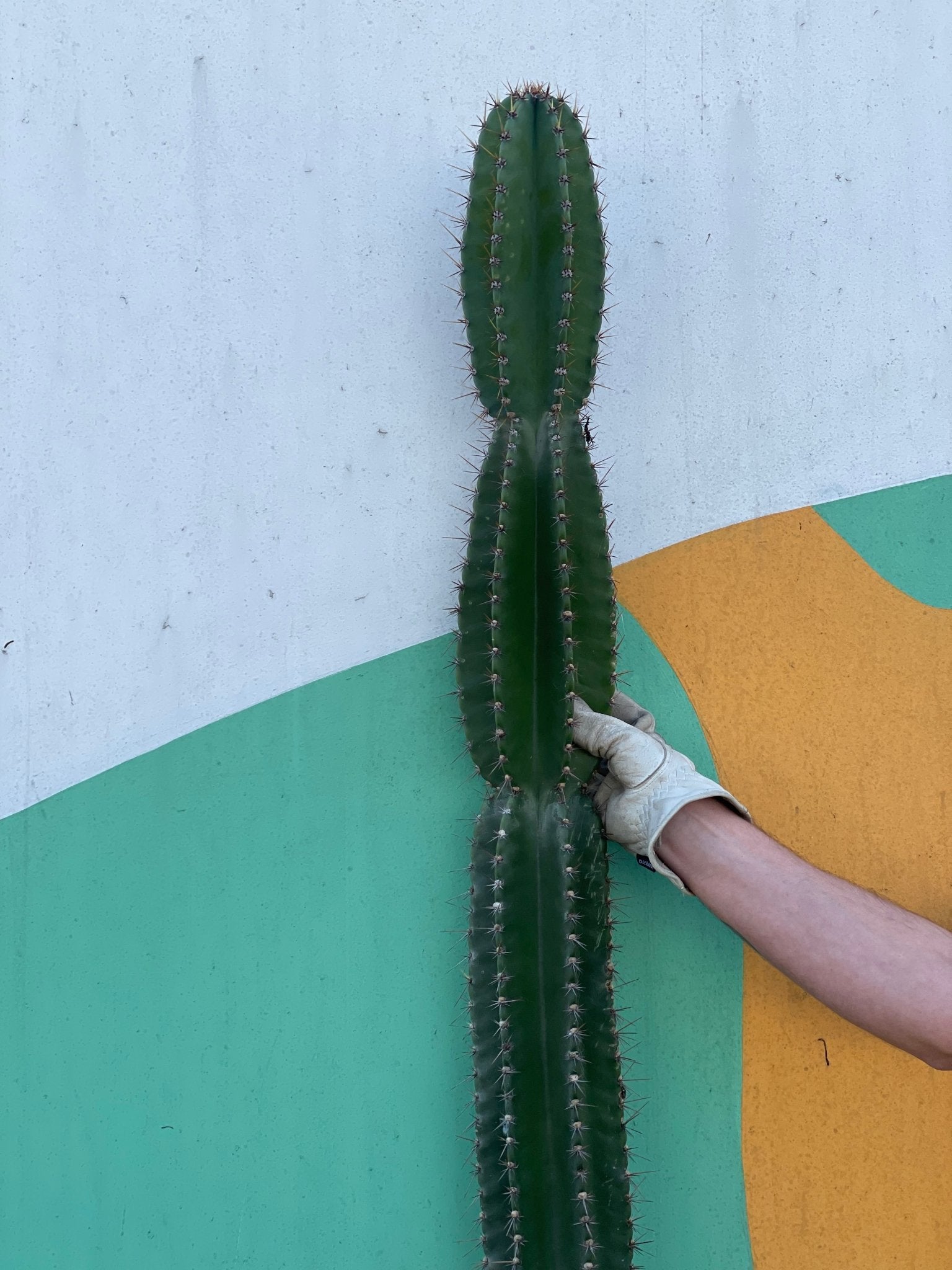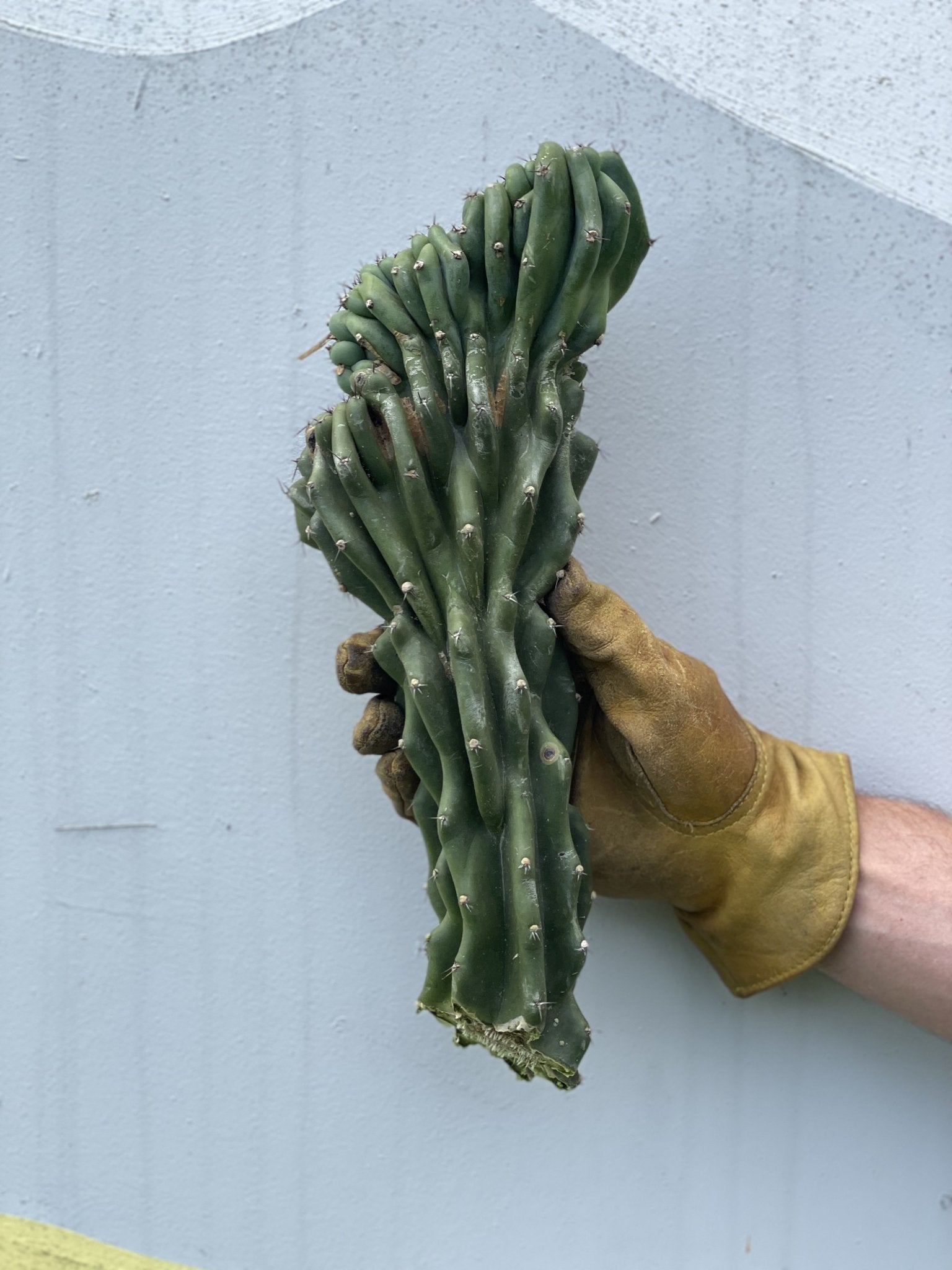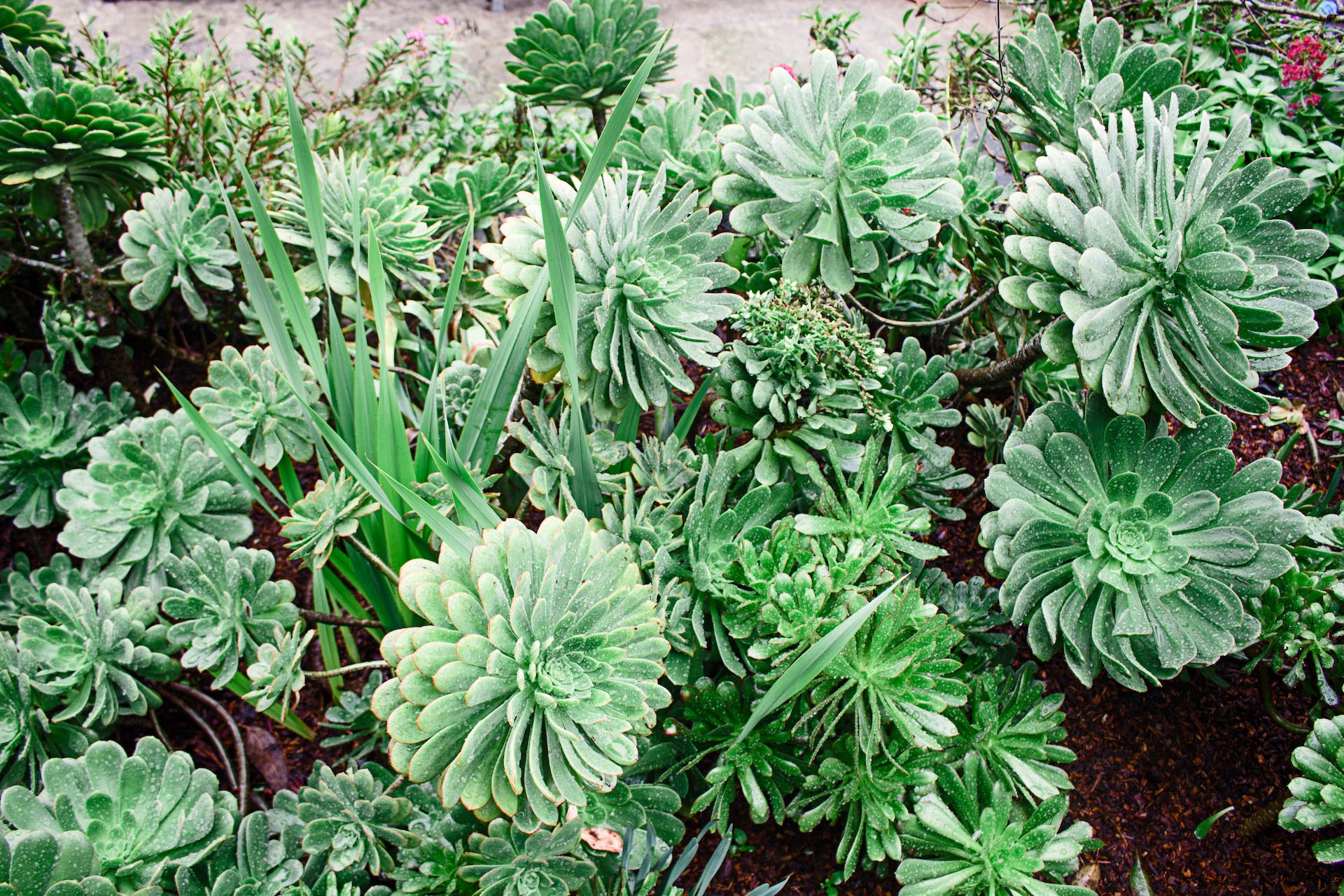Cacti are fascinating plants that have adapted to survive in arid environments. They are known for their ability to store water in their stems, allowing them to withstand long periods of drought. However, underwatering cacti can have serious consequences for their health and overall well-being. In this blog post, we will explore the various consequences of underwatering cacti and provide tips on how to properly care for these unique plants.
1. Stunted Growth
One of the most noticeable consequences of underwatering cacti is stunted growth. When a cactus does not receive enough water, it cannot grow at its normal rate. The lack of water inhibits cell expansion and division, leading to smaller and weaker plants. If you notice that your cactus is not growing as quickly as it should, it may be a sign that it is not receiving enough water.
2. Dehydration
Cacti store water in their stems to survive in dry conditions. When they are not watered adequately, they can become dehydrated. Dehydration can cause the cactus to lose its plumpness and become shriveled. In severe cases, the cactus may even develop wrinkles or creases on its surface. It is important to water your cactus regularly to prevent dehydration.
3. Root Damage
Underwatering can also lead to root damage in cacti. When the soil is too dry, the roots are unable to absorb water effectively. As a result, the roots may become weak and brittle, making them more susceptible to rot and disease. Damaged roots can hinder the cactus's ability to take up water and nutrients, further exacerbating the problem.
4. Yellowing, Brown Spots, and Curling
Another consequence of underwatering cacti is the yellowing developing brown spots, and its leaves (if applicable) curling. When a cactus does not receive enough water, it will prioritize the survival of its core tissues, such as the stem, over its leaves. As a result, the leaves may turn yellow, develop brown spots, and eventually fall off. This is the cactus's way of conserving water and energy.
5. Susceptibility to Pests and Diseases
Underwatered cacti are more susceptible to pests and diseases. When a cactus is not properly hydrated, its natural defenses are weakened, making it an easy target for pests like mealybugs and spider mites. Additionally, dry conditions can create an environment that is conducive to the growth of fungal and bacterial diseases. Keeping your cactus adequately watered can help prevent these issues.
Conclusion
Underwatering cacti can have serious consequences for their health and overall well-being. Stunted growth, dehydration, root damage, yellowing and dropping of leaves, and increased susceptibility to pests and diseases are just a few of the potential outcomes. To ensure the health and vitality of your cacti, it is important to provide them with the proper amount of water. Remember to water your cacti regularly, but also be mindful not to overwater them, as this can lead to a whole different set of problems. By understanding the consequences of underwatering, you can become a better caretaker for these unique and resilient plants.












Leave a comment